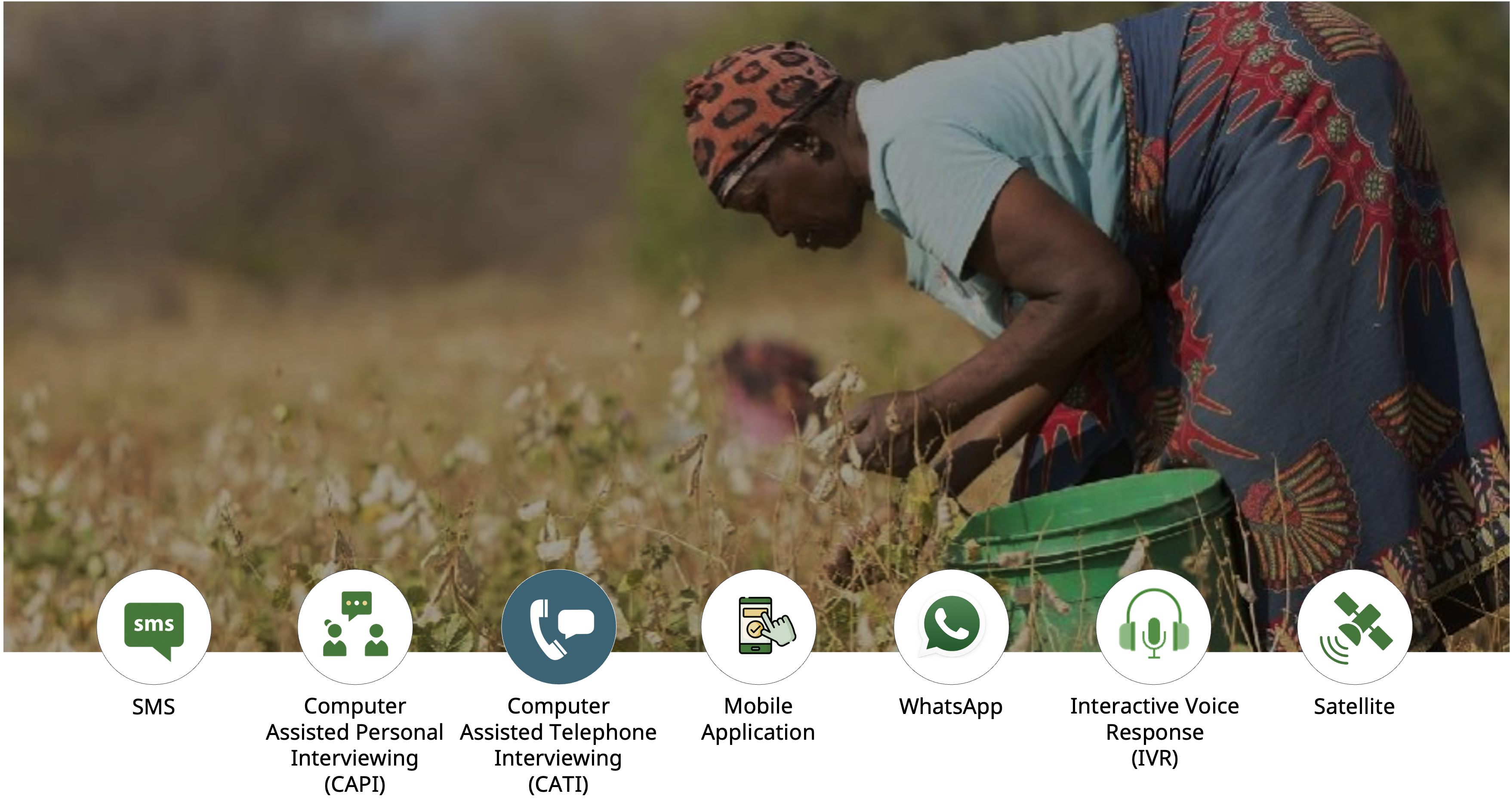
The agricultural landscape in Sub-Saharan Africa (SSA) faces significant challenges marked by inadequate application of fertilizers. This has not only led to low farm productivity but has also adversely affected income, food security, and nutrition within farming families. Addressing these challenges is crucial for enhancing agricultural sustainability and improving livelihoods in SSA. Increasing the application of inorganic fertilizers through subsidy programs such as the Affordable Inputs Program (AIP) in Malawi is one strategy to tackle this issue.
The global average for fertilizer usage was 161.5 kilograms per hectare of arable land in 2021[1]. However, in many countries in SSA, the figure was around 22 kilograms per hectare (World Bank 2021)[2]. This includes Malawi where the average fertilizer use was 22kg between 1961-2020[3]. Then, in 2020, Malawi saw a drastic increase in fertilizer use (from 30kg in 2019 to 98kg in 2020). This success is attributed to the launch of the AIP which targeted 3.8 million beneficiaries[4].
The Sustain Africa Fertilizer Initiative was launched to address the fertilizer supply deficit and rising cost crises in Africa through privately led subsidies on fertilizers. This project was funded by Rabobank and the Bill & Melinda Gates Foundation to sell discounted fertilizer in Malawi, Uganda, Mozambique, Madagascar, and Ghana. In Malawi, Sustain Africa provided fertilizers to farmers with e-vouchers through Malawi’s AIP. The e-vouchers allowed farmers to receive one 50kg bag of NPK fertilizer, and one 50kg bag of Urea at a price of 15,000 MGX per bag. The project also dispensed recommendations for fertilizer application at agro-dealers selling points.
The Sustain Africa country projects aim to drive:
- Increase in fertilizer uptake
- Increase in farmers’ yields
- Increase in farmers’ income and food security
- Increase in farmers’ resilience
In addition to these goals, Sustain Africa sought to pilot and review research methods integral to understanding how to influence new behavior in fertilizer usage among the farmers. In collaboration with the Committee on Sustainability Assessment (COSA), Sustain Africa introduced a set of learning questions which were used to develop a survey for various agents involved in the program. A holistic approach was used to develop research questions exploring behavioral and non-behavioral attitudes of program beneficiaries.
The impact of agile approaches
COSA used this initiative to pilot and test Agile Data gathering through Computer Assisted Telephone Interviews (CATI), processing, and analysis. The application of CATI technology was a resounding success, achieving 83 per cent participation of contacted farmers. The use of CATI technology also reduced the average cost per survey from 100 USD to 24 USD. A comparison between CATI showed savings equal to 76 USD per survey, and savings over the scope of the total project equal to 37,000 USD. *CAPI costs account for fuel and mobilization costs with the same number of enumerators as for CATI, but more days for data collection than CATI.
Findings
The COSA-led agile data analysis shed light on several important aspects of the project’s rollout in Malawi.
- Inclusivity and awareness
The findings demonstrate that females in the poorest quintiles were 0.13 percentage points more likely to be involved in the program than the poorest males. The majority (87 per cent) of respondents suggested that more significant discounts would enhance the program, and 57 per cent expressed interest in having the option of buying fertilizer on credit.
- Demand and supply
The analysis showed that Sustain Africa succeeded in increasing fertilizer uptake across the entire supply chain. Interviews conducted with smallholder farmers showed that they preferred subsidized fertilizers, purchasing them in greater quantities compared to the non-subsidized alternatives. Smallholders purchased on average 34kg more fertilizer due to the subsidy, and 22.5 per cent more when compared to baseline data. - Fertilizer decision mechanism
The analysis underscores that a large fraction of smallholders (85 per cent) are aware of the proportion of their income spent on fertilizer, and 52 per cent indicated that over half of their income was spent on fertilizer. Additionally, their fertilizer expenditure is heavily influenced by the availability of funds or resources (65 per cent). The subsidization intervention mechanisms have encouraged 84 per cent of interviewed farmers to buy fertilizer, and it would encourage more people to buy fertilizer introducing further discounts. In particular, of the farmers who are not buying, 14 per cent would decide to start purchasing fertilizer if the price decreased by 30 per cent. Nevertheless, 37 per cent of the farmers buying fertilizer would not change their purchasing habits because of a price increase of 30 per cent. - Productivity and profitability
Most farmers expressed high (28 per cent) and moderate (29 per cent) sentiment that economic gains were one of the major benefits of the program. This was despite a perceived and actual decrease in yield compared to baseline data equal to 9 per cent of the actual yield for maize. Farmers recognized that climatic events such as floods and droughts were the main reasons for reductions in yield (86 per cent for soybean growers, 70 per cent for groundnut growers, 63 per cent for maize growers). For 64 per cent of maize growers, fertilizer supply challenges were also identified as a reason. Aside from this perceived decrease in yield, a positive correlation between maize yields and fertilizer used per hectare was registered. Specifically, a 1kg increase in fertilizer used per hectare correlates to a 2kg increase in maize yields. - Resilience
Most smallholders (81 per cent) faced major events, such as droughts or floods, that caused a significant reduction in their household income. These events had severe implications for their agricultural output as well as the unstable price of fertilizer. However, 40 per cent of farmers demonstrated resilience. Most declared that they had recovered and reached an equal or better level of well being compared to before the shock. The coping strategies used were varied. 42 per cent of smallholders reduced expenses and another 18 per cent looked for sources of income other than from farming activities. The value of the resilience index[5] (mix of recovery ability, exposure and the severity of each shock) was 0.61 which indicates a moderate level of resilience.
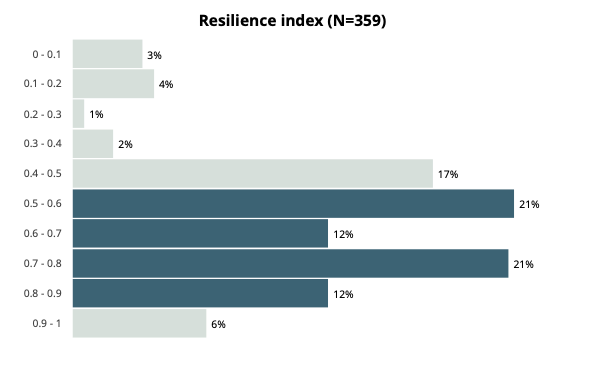
A key recommendation for Sustain Africa, and future fertilizer programs is to work on program simplification, cost benefit analyses, supply challenges, and marketing strategies. To expand the program’s impact, it’s essential to consider scaling it up, offering credit solutions, and organizing training sessions that demonstrate the advantages and proper application of synthetic fertilizer. Moreover, diversifying information and communication channels can help raise awareness and improve the inclusivity of the program. Additionally, efforts should be made to improve sustainable contract schemes and information sharing platforms for buyers and farmers to build trust and business relationships.
The findings indicate that the Sustain Africa program is on the right track to ensure productivity gains and household incomes, as well as improve food and nutrition security.
[1] The Global Economy; Fertilizer use country rankings
[3] The Global Economy; Malawi Fertilizer use
[4] T.Benson, 2024: Fertilizer subsidies in Malawi, from past to present
[5] IFAD Ability to Recover Index


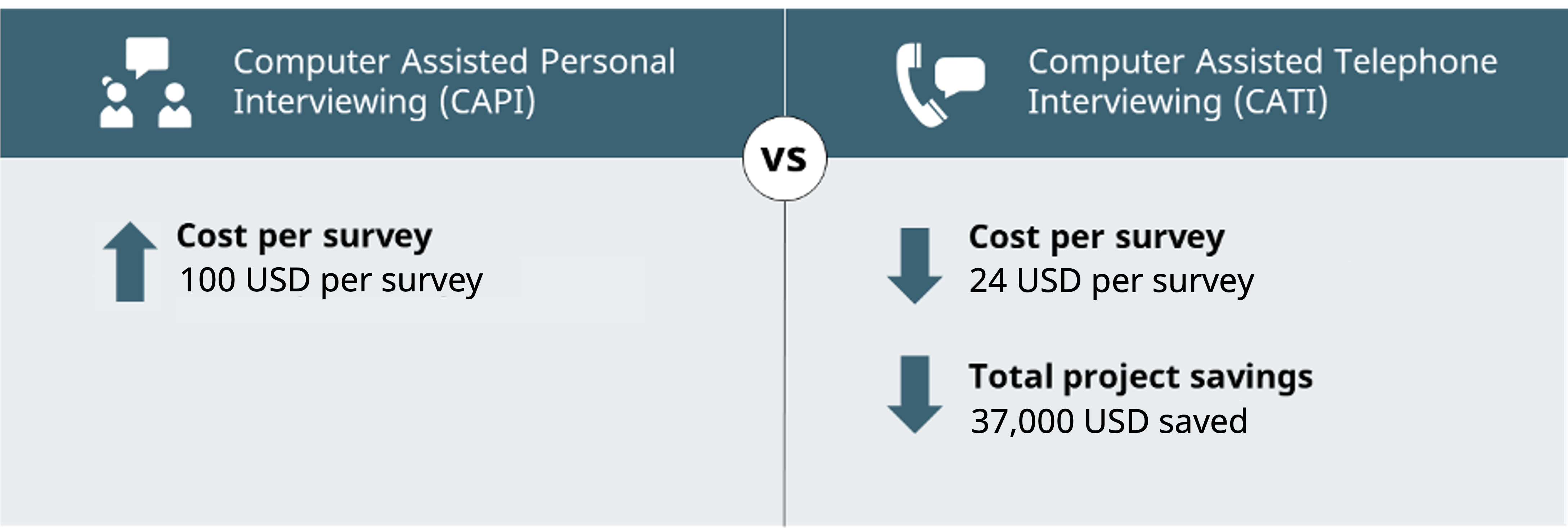
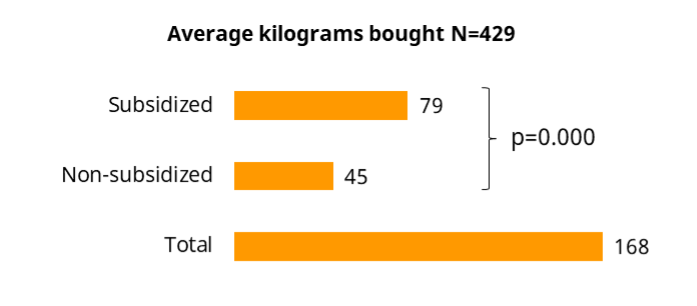
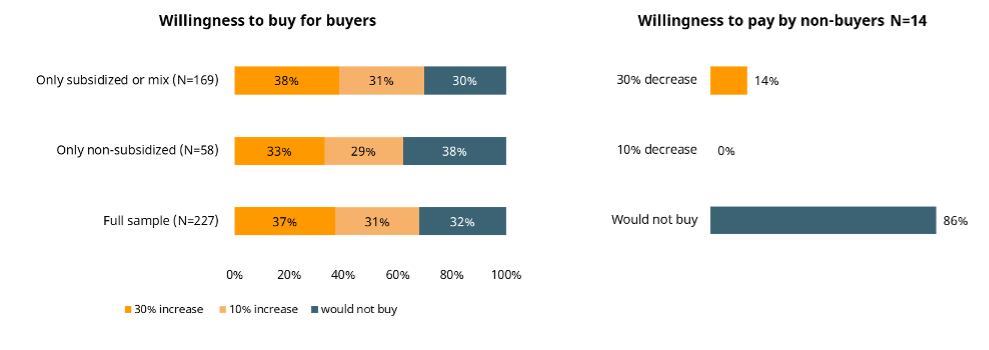
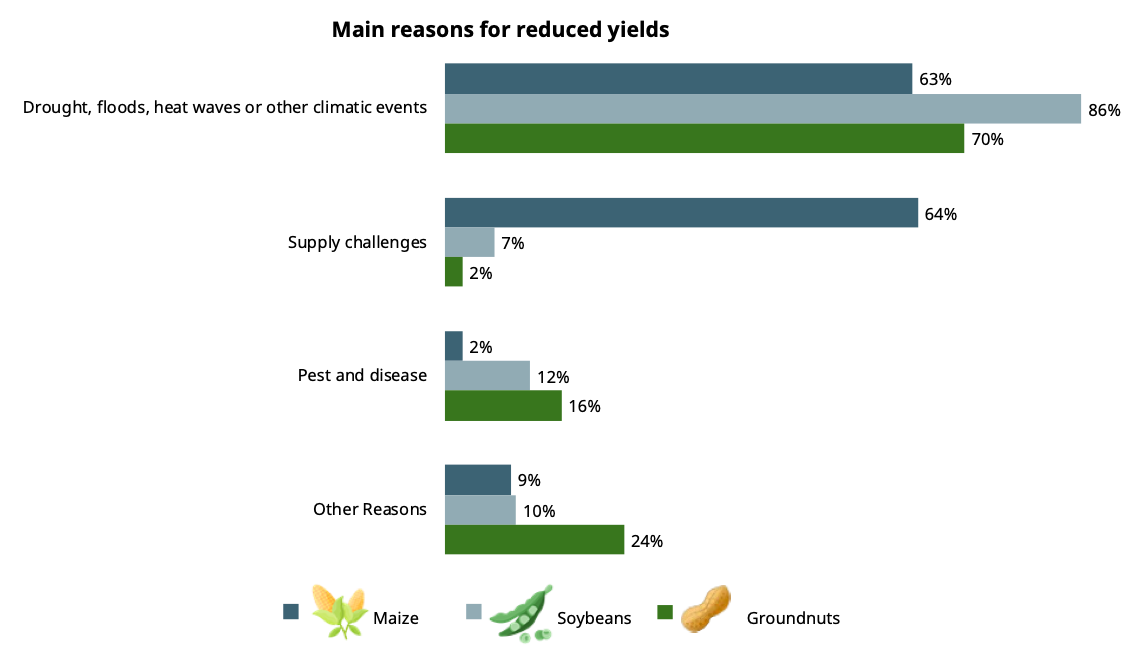




Leave A Comment